Minified Items
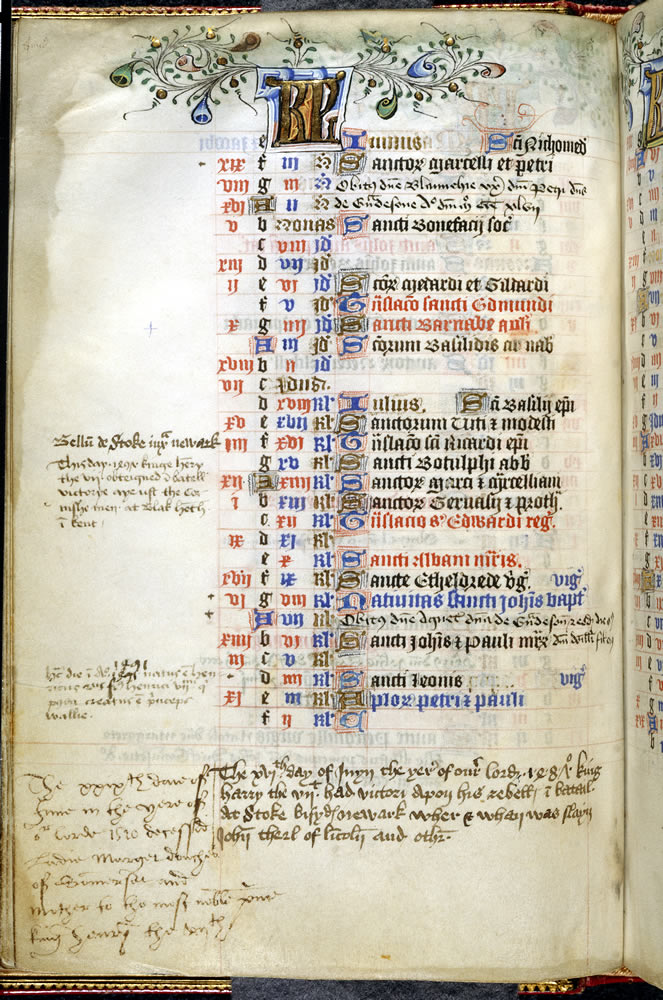
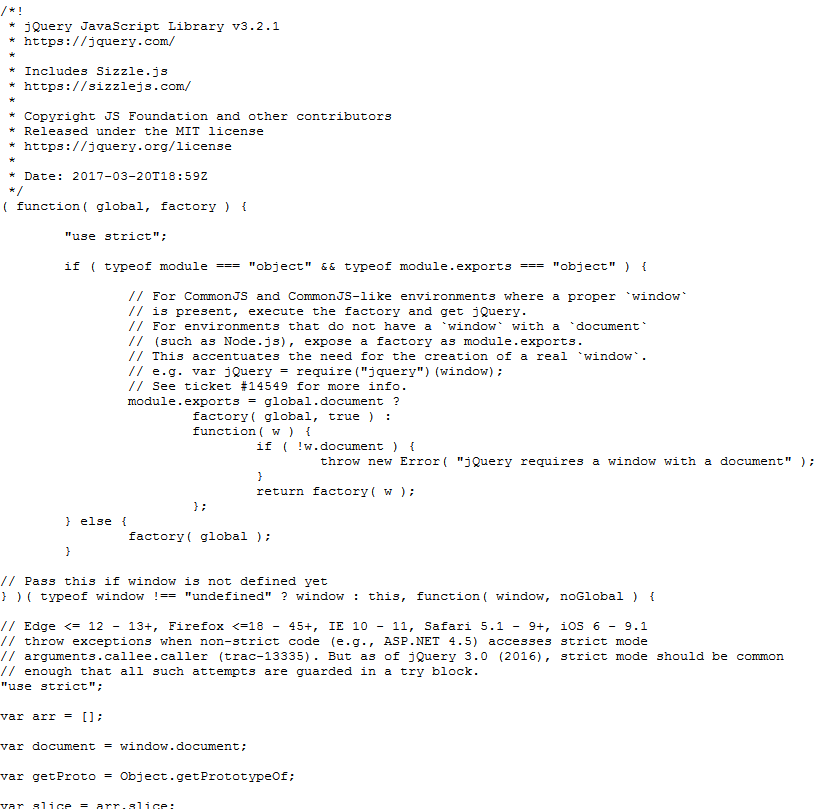
(via http://www.bl.uk/onlinegallery/onlineex/henryviii/birthaccdeath/beaufort/index.html, and via jQuery)
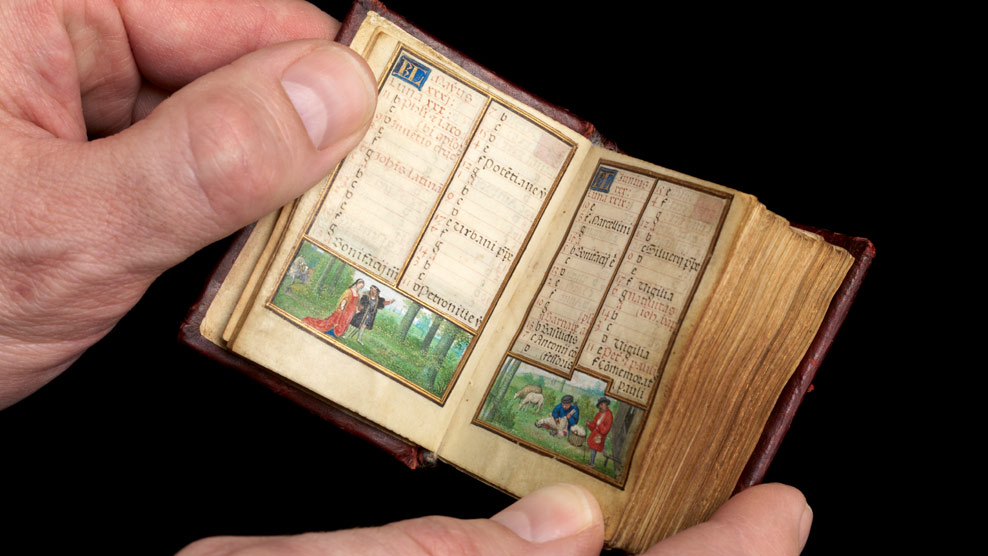
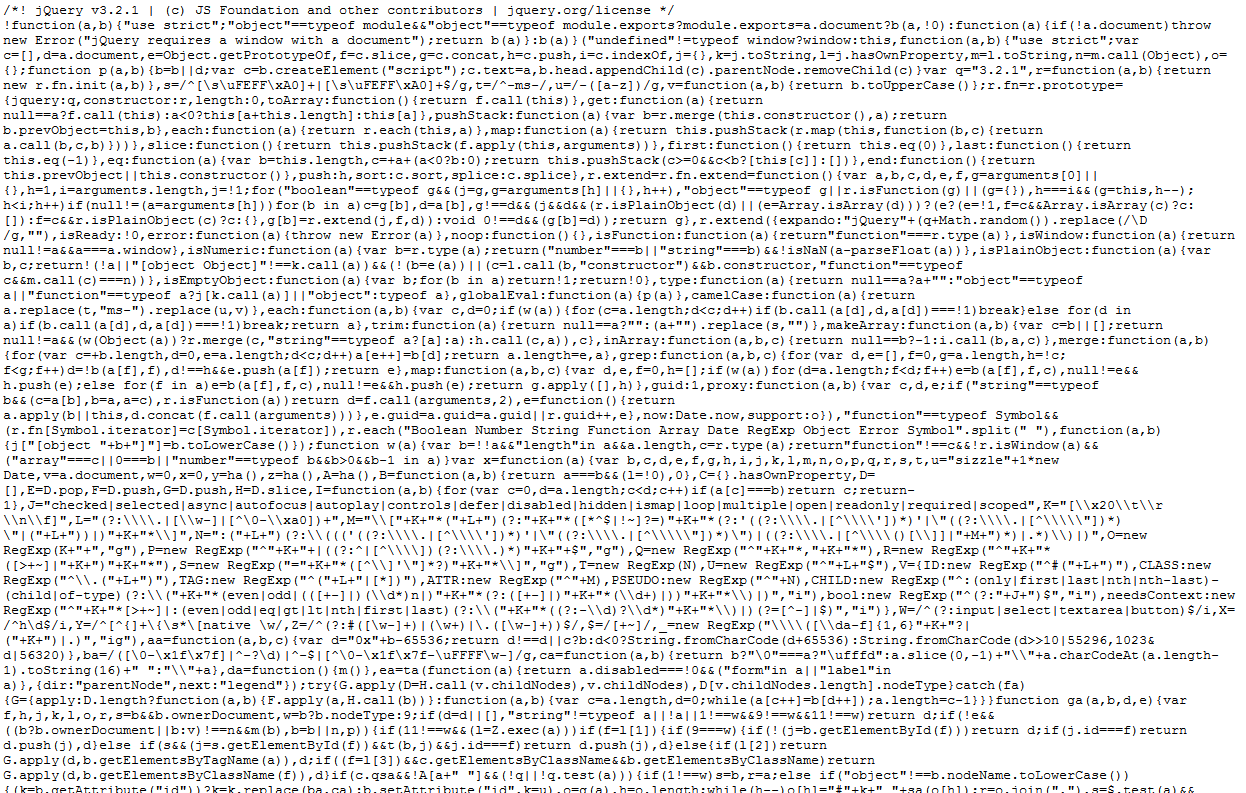
(via https://www.metmuseum.org/art/online-features/metcollects/book-of-hours-simon-bening, and again through jQuery)
The first pair of images depict 'regular size' artifacts, and the second pair are miniature versions. On one hand, we have a pair of books of hours, which are books with calendars of Christian holidays, prayers, psalms, and other devotional tools. On the other, we have jQuery, which is a JavaScript library that makes dynamically modifying web pages simpler. The miniature version of the book of hours is just a smaller book of hours, and the miniature version of jQuery was created by removing spacing elements and changing variable names to shorter versions which provides the same functionality but in a smaller package.
Creating a miniature book both allows for easier transportation (as the book is small enough to put anywhere) and for cheaper production, as the creators are fitting similar amounts of content into a package that requires less paper. Similarly, transforming the jQuery source into the miniaturized package allows for easier transmission, as the resulting miniaturized version is much smaller but its code has the same effect. This improves transmission, as the smaller file is much cheaper to send across the internet.
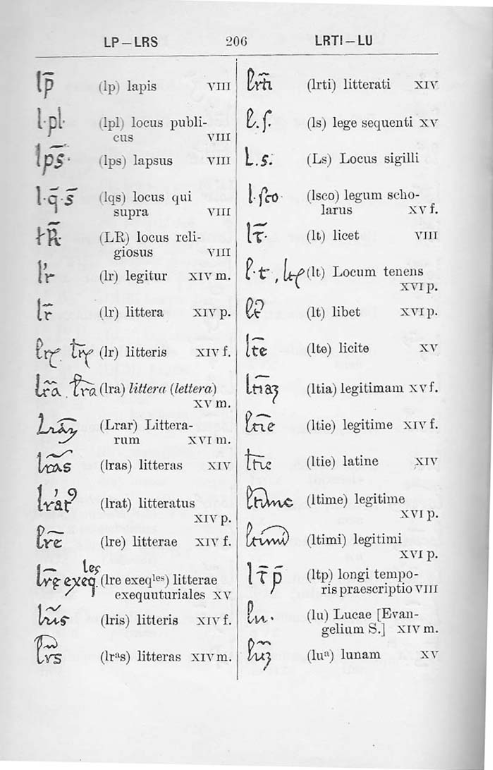
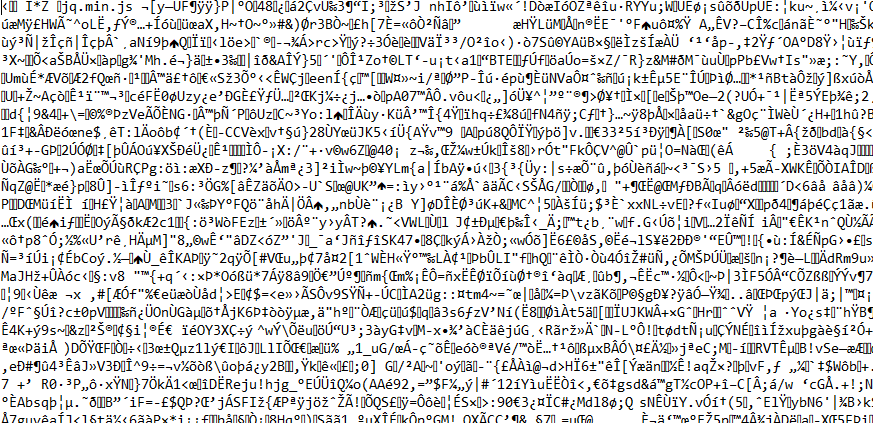
(first image from https://archive.org/details/LexiconAbbreviaturarum)
Here, we take the next step in miniaturization. On one hand, we have a page from the Lexicon Abbreviaturarum, which is a reference for abbreviations used by medieval Latin scribes. On the other, I have taken the minified version of jQuery and compressed it using the gzip utility. Gzip is commonly used on the internet to make files smaller before transmitting them. In the case of jQuery, the original library is 158 kilobytes, the minified version is 85 kilobytes, and the compressed version is 30.
In both cases, we started with perfectly readable and usable objects in jQuery and the hours book, then we created smaller versions that were more difficult to read (because of the size of the text and the reduction in space between elements in the hours book, and the reduction in space and less obvious variable names in minified jQuery), but were still accessible to a person who could read an hours book and a computer that can run JavaScript code. In this final step, we make both versions inaccessible: without this advanced knowledge of Latin abbreviations, one cannot read any text that is sufficiently abbreviated, and a computer cannot run the gzipped code if it lacks the tool to decompress it first.